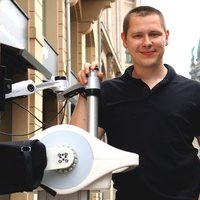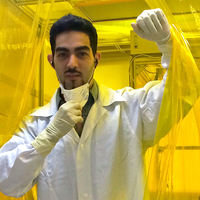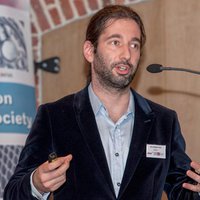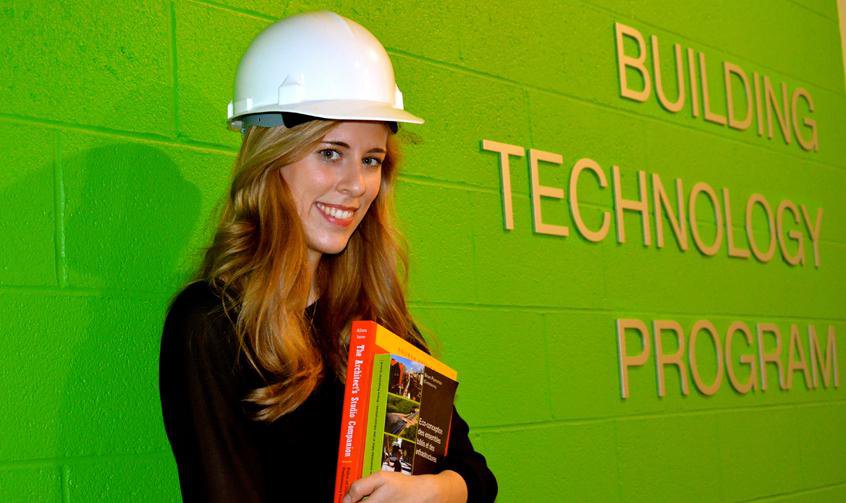"45% of the gas emissions which create the global warming effect in the United States are produced by the construction industry. When she realized the scale of impact, Catherine De Wolf decided to focus her architecture and civil engineering studies on the carbon footprint of buildings. This is how this young innovator created a database that quantifies the CO2 emissions of a series of unique buildings. Her data considers emissions associated with the construction process itself instead of only the emissions associated with the use of a particular structure.
“During the last few decades there have been many innovations that improve the energetic efficiency of buildings: insulation systems for homes and ventilation systems, amongst others,” the young doctorate student explains. However, she criticizes the fact that “nothing has been done to reduce the emissions associated with the extraction of the necessary materials nor during the construction process itself.”
The first step to remedying this situation is to quantify it. For this purpose De Wolf uses the term “embodied carbon” to refer to emissions associated with the construction and demolition phase of a building´s lifecycle. Thanks to a series of calculations of the quantity of materials used and their carbon dioxide content, her database already contains this information for over 200 buildings worldwide. Among them are the tallest skyscraper in the world the Burj Khalifa in Dubai (United Emirates), the “Gherkin” in London (Great Britain) and the Olympic Stadium in Beijing (China). The latter has been identified as the stadium with the largest carbon count according to De Wolf´s calculations.
Regarding the objective of her work De Wolf explains, “With this information we can start to implement low-carbon policies that consider the global environmental impact of a building, not just its operational energy use, and in this way achieve constructions with lower emissions.” Architects and engineers can add their projects to the database and compare them with constructions with similar characteristics in order to calculate the impact that their building will have on the environment.
After graduating from the Brussels Free University (Belgium), De Wolf joined the postgraduate Construction Technologies program at the Massachusetts Institute of Technology (MIT, EEUU) where her tool began to take shape. It was from her position at MIT that she was able to begin collaborating with engineering companies, architectural firms and researchers from the University of Cambridge (Great Britain), Stanford University, as well as at MIT itself to create her database.
The companies which collaborated in the creation of De Wolf´s database by providing input data are already reaping its benefits, but the idea is to expand its use further, and this forms part of De Wolf´s future plans. She is also working on the development of software which would allow architects and engineers to obtain information regarding the global impact of their projects automatically during the design phase, without having to alter normal working practices. The researcher states that her intention is not to benefit economically from these tools, but rather “to help ensure that the study of embodied carbon matures and to push environmental design further”.
The founder of Stage-co and jury member for MIT Technology Review´s Innovators Under 35 Belgian Edition awards Patrick Bosteels says he is convinced that the impact of Catherine de Wolf´s work will grow over the course of time, as her tools mature and are adopted by the construction industry."




